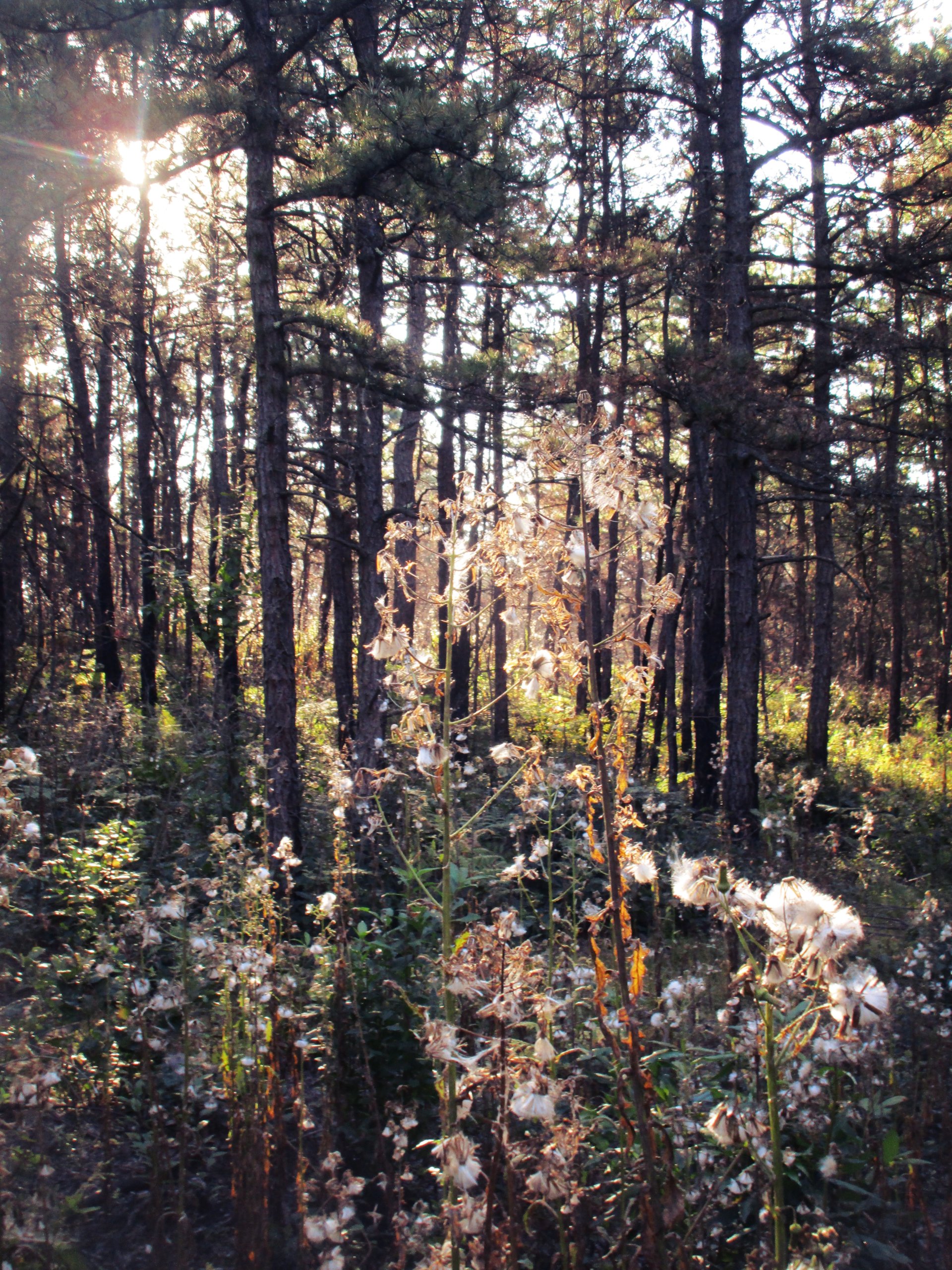Taking care of a worm bin is so simple!
I use one of those large plastic storage containers. I punched some holes in the bottom and near the top on the sides. I use the lid from another old one to place underneath the bin, so that any drainage will be caught.
I shred newspaper in my shredder (no colored ads) and put it in a bowl. I save egg shells, so I break up some shells very small, and mix them in with the shredded paper. Then I moisten it with water, so that if you squeeze a bunch, you can get a little water out. This is the bedding. I then save my peels and cores and outer leaves, etc., and every few days bury some of them under the paper.
Worms like it dark, so I leave the lid on all the time. No smell, no trouble. I go away for a couple of weeks and they are fine. You can leave them a month and they will still be fine. People keep them in the bathroom, or in a corner of a kitchen. Since they don’t smell and are always covered up, no one really knows that they are there. They are the best behaved pets you can possibly have!
Red wrigglers are the type of worms you need. You can buy them for about $20 or get some from a friend with a worm bin. One thousand worms weigh about a pound, and you usually need about twice as much worms as your average vegetative food waste generated per day. So if you crank out 1/2 pound of food waste a day, you would need about 1,000 worms. Generally, you would need about a square foot of surface area for each pound of waste produced per week.
For bedding, you can use partially composted leaves or coir (coconut fiber) as well as newspaper. Fill the bin about 3/4 full of shredded fluffed up bedding before wetting it.It is a good idea to add a handful of compost and soil under the bedding when you start your bin. This provides some microorganisms and grit for the worms’ crops. Turns out they are somewhat like chickens, which don’t have teeth (scarce as hen’s teeth) and grit helps them grind up their food.
Pick up the bedding and put your food scraps on one third of the surface only, and change which third every time you feed your worms. Do not feed them meat or dairy products, and do not feed them a lot of coffee grounds, as that would be too acidic for them. The worms are stressed by light, so feeding them every three days or so is advisable. About a month before it is time to harvest, you can stop feeding them, so they can work on finishing the food that is there. It takes about 4 to 6 months for the whole process, from start to finished compost.
Monitoring for moisture is important. If more than a few drops comes out when you squeeze the bedding on top, it’s too moist in there. You can add more dry bedding. Or some people leave the top off for a few hours to dry up the bin a bit. The worms do not want to leave their nice dark worm bin. Fruit fly problems can be thwarted with a fine screening over the air holes, or some people freeze their food scraps to kill the fruit fly larvae. Or bury the fruit two inches below the bedding in the bin, or stop feeding for about three weeks: worms can go a month without new food, but fruit flies can’t survive that long.
Red wriggles live on the surface, unlike burrowing earthworms. They can live in 50 – 90 degree temperatures, so they can’t survive a winter. When it is time to harvest your worm castings, you need to collect your worms for the next bin. This can be an enjoyable task of an hour or so, especially if done with a worm-loving friend. Or, you can do it more gradually by moving the finished compost to half of the bin and adding your nice new bedding and new food scraps to the the other side. In a few days, the worms will generally wander over to the new section.
What Sheree Cammer Learned about Worm Bins at the Sustainable Living/Voluntary Simplicity Vermiculture Talk by Sarah Worden and Gary Feinland
Published in the June/July 2009 Newsletter
